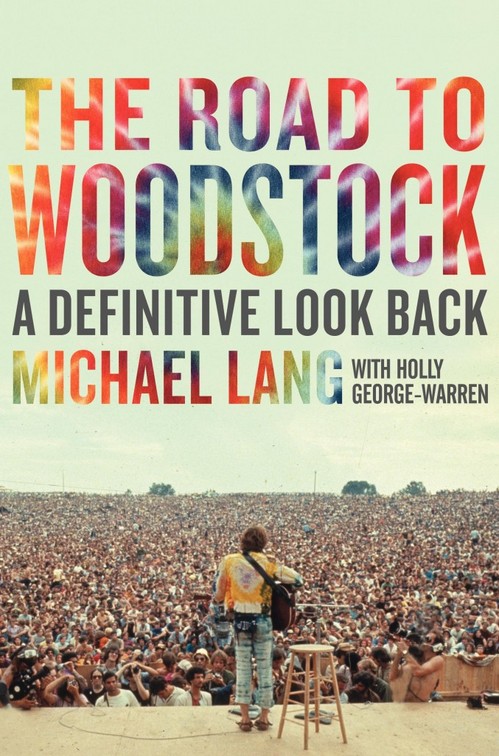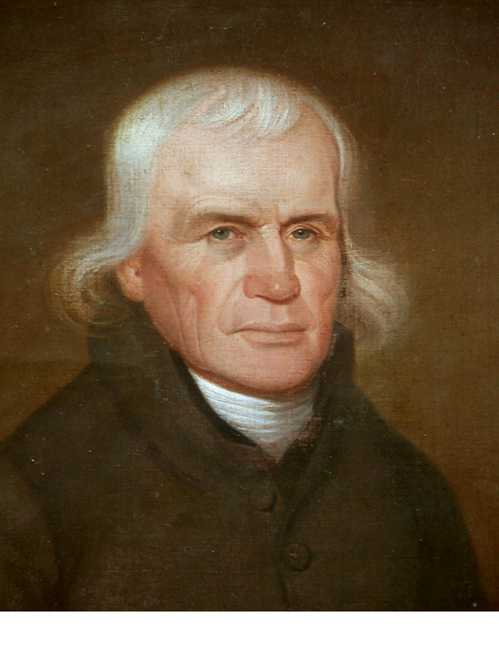It is an iconic image. There he is with his tie-dyed T shirt and jeans on Aug. 15th 1969, standing in front of some 500-750,000 folks having been pushed out on the stage to perform by Michael Lang’s crew as the natives were getting restless. I am referring to John Sebastian, formerly of the Loving Spoonful, though solo by this juncture.
If someone were to ask you– What was the most well attended event in America in the last 50 years that shaped a whole culture and a generation, would you have guessed Woodstock??? Well you should have. It is not 9-11, despite the enduring effects of that tragedy.
By any normal manner of measuring, Woodstock not merely rocked a generation’s world (quite literally), it shaped it. On this stage over a three day period with tons of rain and mishaps appeared Crosby Stills, Nash and Young (for only the second time), the Who, the Grateful Dead, Janis Joplin, Santana (for only the second time on any significant stage), Jimi Hendrix, Ten Years After, Jefferson Airplane, Richie Havens Joan Baez, and too many more to even mention. And now that the film and the original recordings have been remastered, you can really get a sense of the proportions of this epochal event. Its the one event in my life that I most regret I had a chance to go to, and turned it down.
There were many remarkable things about this event, including how generally well behaved all the young people were at this event. Consider this— on the first day of the festival, Friday Aug. 15th, 1969, even by a conservative estimate some 1 million young people tried to get to Bethel New York. This was not chiefly because of great marketing or low ticket prices. Woodstock didn’t become a free festival until that was necessary after it had begun and Michael Lang didn’t want life and limb endangered by gate crashers etc. The size of this event makes things like a football afternoon in Ann Arbor look small.
Michael Lang had no idea how many people would show up in this small rural place in upstate N.Y., not readily accessible on major roads, and not really near any major cities or normal concert venues. What had drawn all those kids to this event? Well of course there were a variety of motives, but there is an underlying theme, and Michael Lang’s book makes that clear.
There were a lot of us that did not believe in and were sick and tired of the Vietnam war, an undeclared war which never ever met the standards for what could be called a ‘just war’. Never. What we wanted was a dramatic alternative to the culture of war. I was already a pacifist before Woodstock, but I was hardly alone. There were millions of us in the U.S. at that juncture. What we believed in was just the opposite of war— we believed in love, peace, understanding, and along the way— good music that emphasized and under-girded these values. Oh, yes we wanted a bit more freedom of choice, for instand choice as to whether we would serve in the miltary or not, especially in such dark times.
Sometimes too much emphasis has been placed on the drugs or sex involved at Woodstock. It certainly was a factor at Woodstock, but it was by no means the over-arching focus, and it had nothing to do with the purpose of Woodstock. The purpose was to create an alternative culture that was not just a reaction to the one that was dominant at the time in America. What is interesting to me was how many of these groups and individuals kept harking back to the values of Jesus and the Gospel at this concert. When Joan Baez went on late into the first night at Woodstock, she mostly sang old spirituals like Swing Low Sweet Chariot. There was indeed a spiritual ethos to this cultural moment in the making and both the audience and the musicians knew it. “Jesus was just alright” with them. “Tricky Dick” Nixon– not so much.
I have no desire or interest in justifying the ethical errors and excesses of some people at Woodstock, indeed they can’t be justified. But it is a mistake to dismiss or fail to take seriously the importance of this event for our history on the basis of the immoral behavior of the few. What the residence of the nearby towns remarked on over and oer again about this event was how well behaved, respectful, loving, kind, and patient the vast majority of these kids were at this event.
Max Yasgur, whose farm was the venue for the event, and whose crops were forfeit because of it, himself concluded that those young people proved that even in bad weather, and even without adequate food and water and facilities, these young people were amiable and able to get along and as Max put it “having three days of peace, and music and love, and nothing but peace, and music and love.”
In any given city of a half million or more, you are going to have some incidents and accidents in a three day period. What bad things happened at Woodstock? One kid did die from a bad trip. One was accidently hit by a tractor when sleeping too near the road trying to get to Woodstock. One woman went into labor and had to be flown out— that’s it. The police who were hired basically spent the time helping the hungry find food and wet find shelter and so on. They never needed or used any weapons. Never. It is a remarkable story, and Lang has finally told it well without all the mythology and later revisionist history.
When I compare that generation to the current younger generation now living under the shadow of two wars, I have to say that we do not see much counter culture these days that is politically engaged, and whose better ethical values are reinforced by the music. It is telling that U2 is about the most politically engaged and formative band out there today, and they are living out of their original Christian commitment and vision, and they of course are part of the last wave, in the late 70s, of the original counter culture.
What I see far too much in youth culture today is a lot of cynicism and Gangster Rap, and alienation and narcissistic tendencies. In one of the telling moments in Lang’s book Lang was talking with Prince about the 25th anniversary reunion event at Woodstock. Prince asked Lang directly— why in the world did you invite all those nasty bands that encourage the worst and darkest tendencies in young people? He was referring to thrasher bands like Korn, and sure enough the crowds and mosh pits at the reunion concert got ugly then. It was not a true reunion event and Lang freely admits it. I have a theory as to why.
In 1969, the dominant cultural force in America was still the Judeo-Christian tradition, and this was the source of the iconic images of hope and love and faith that the counter culture drew on for their inspiration then. We are a long way from their now and not in a better place. I do not wish to gild the lilly or be a practicioner of revisionist history, but I do think Christians can learn something from reading this book about the importance of positive culture making events that can shape whole generations and lives. Most importantly we need to be reminded that if we do not give our young people something to hope for beyond being continually in debt, or spending their lives overseas fighting dubious wars they will perish without a more Biblical vision of the future. And this is certainly not alright with Jesu
s.


